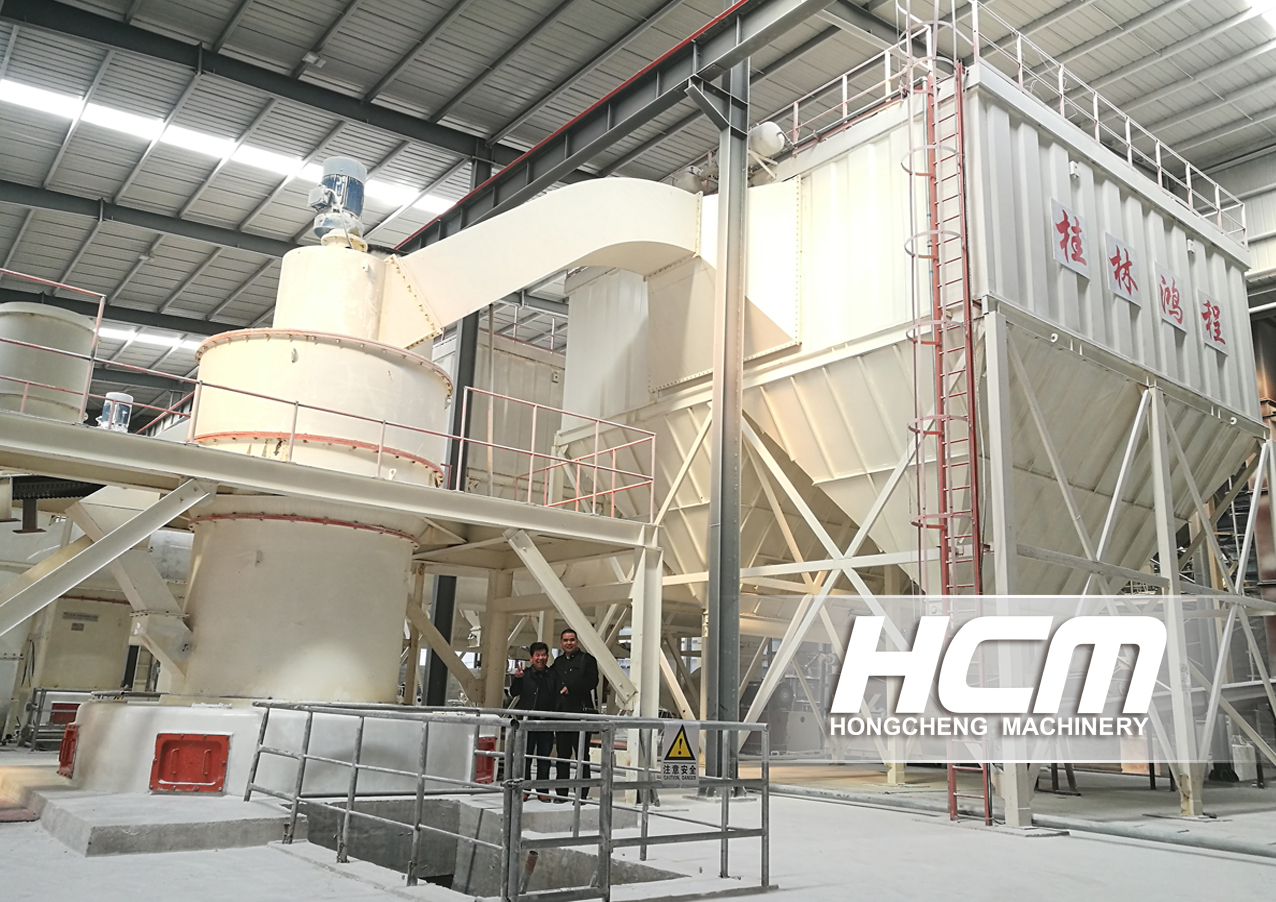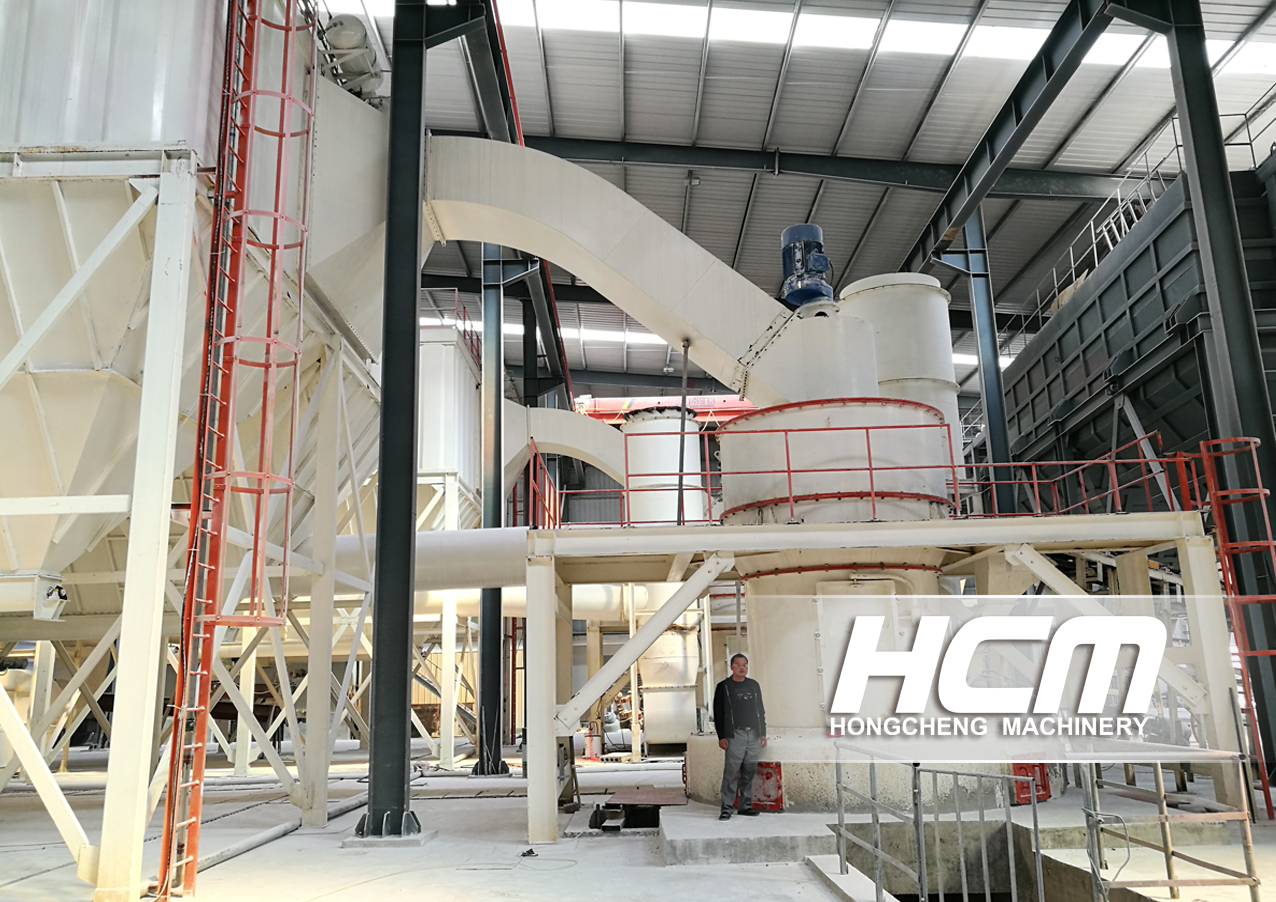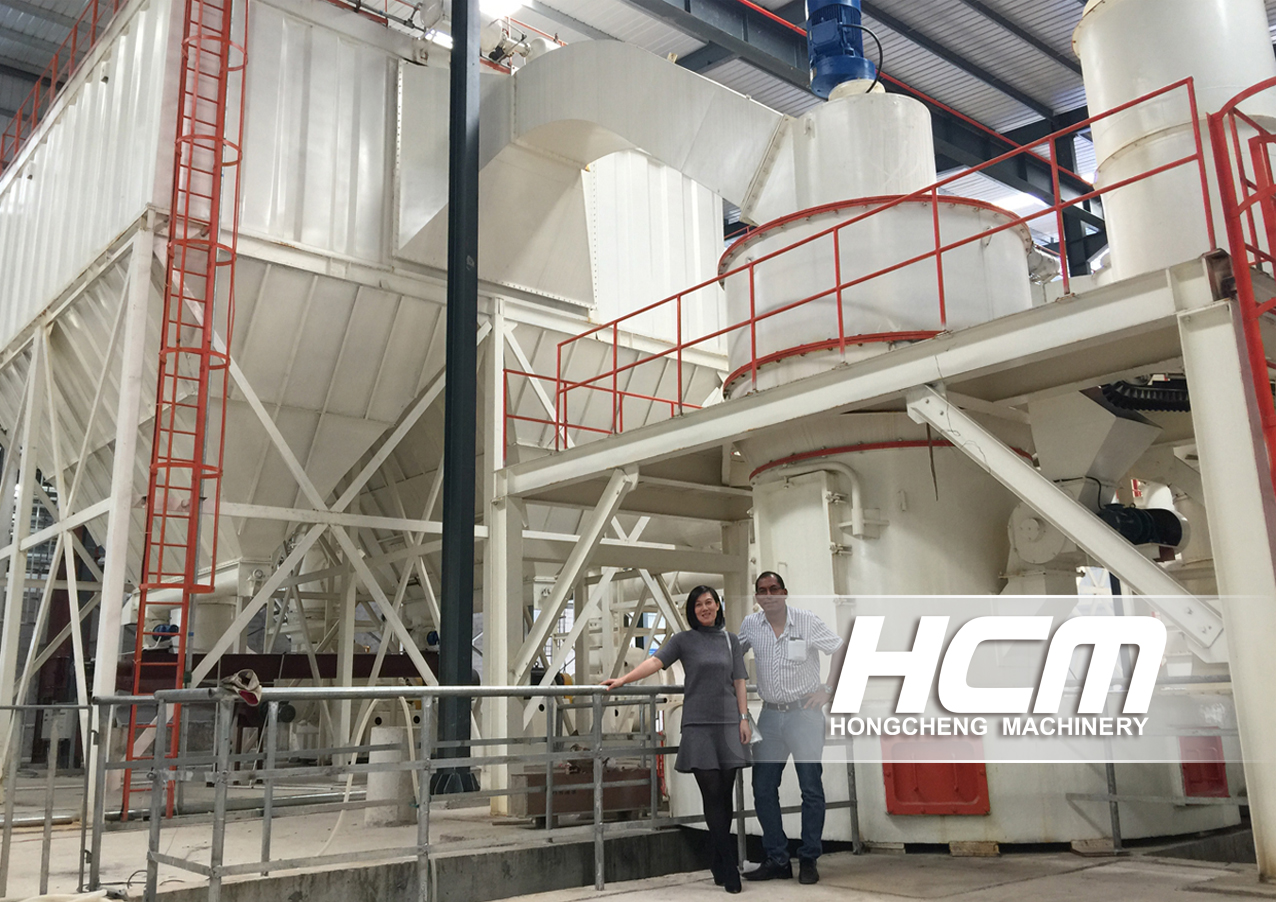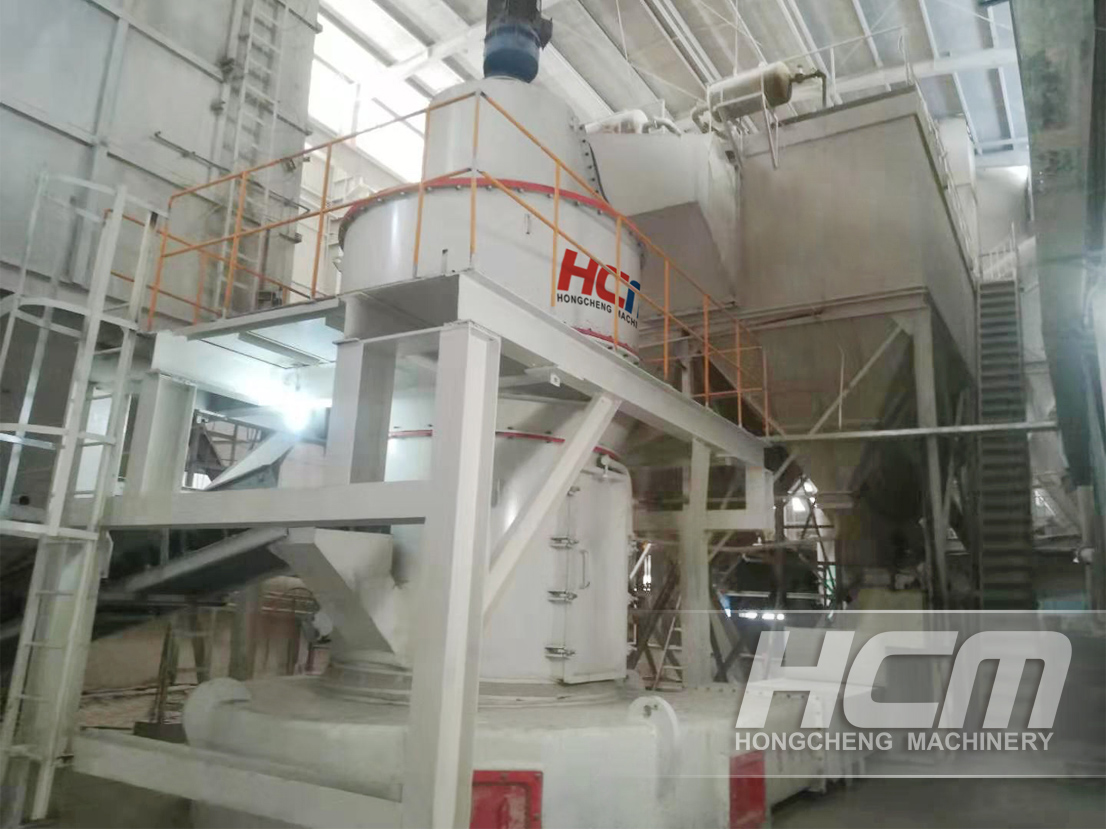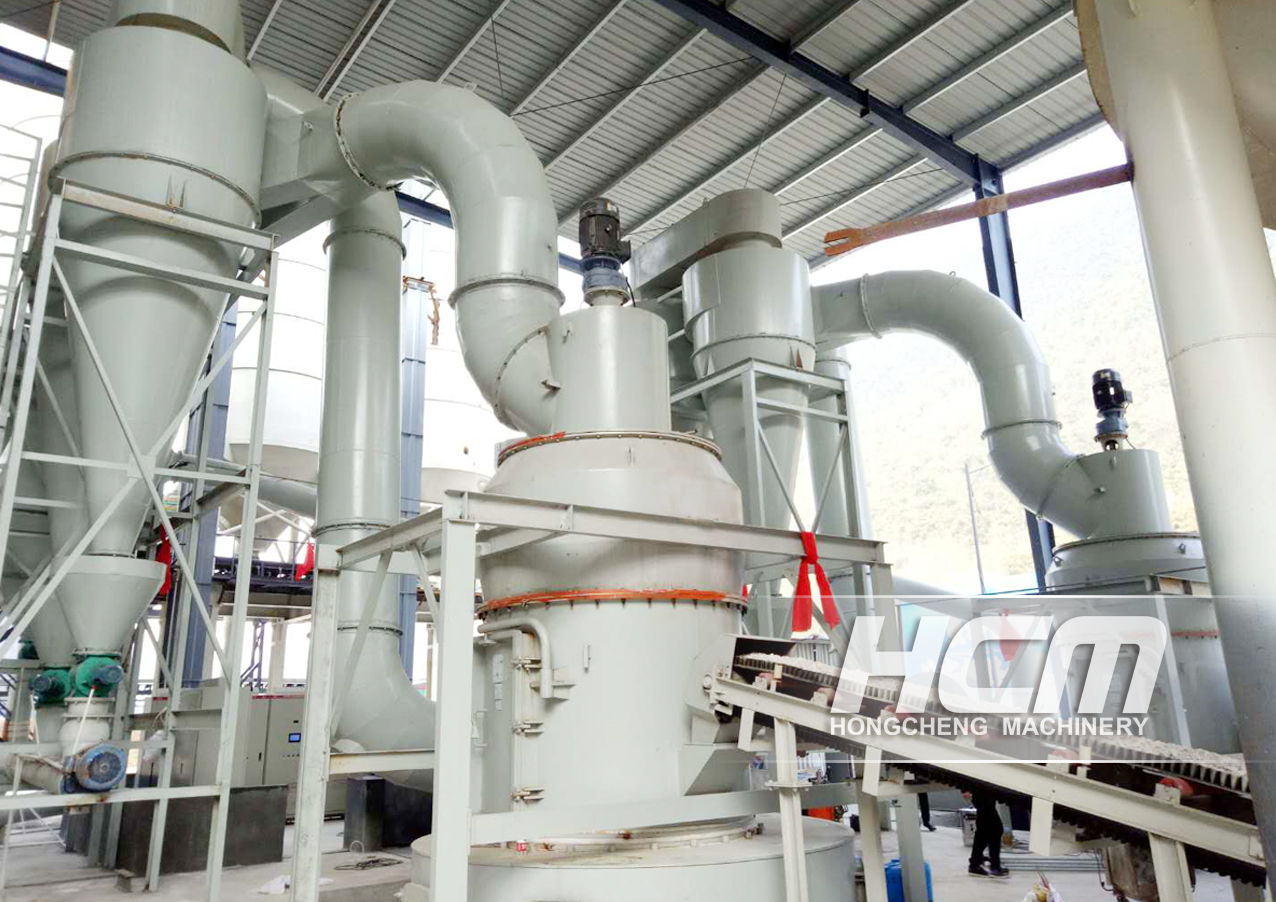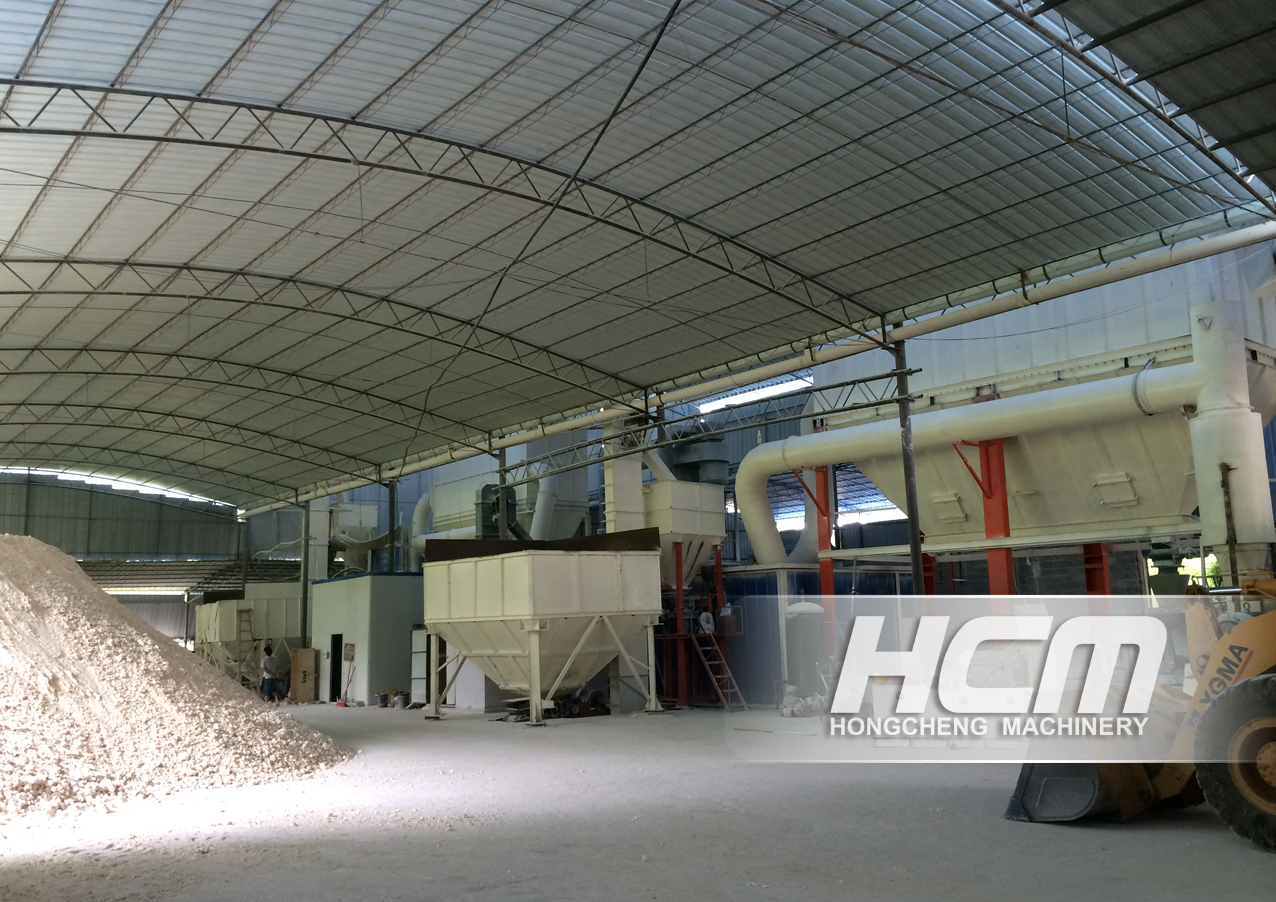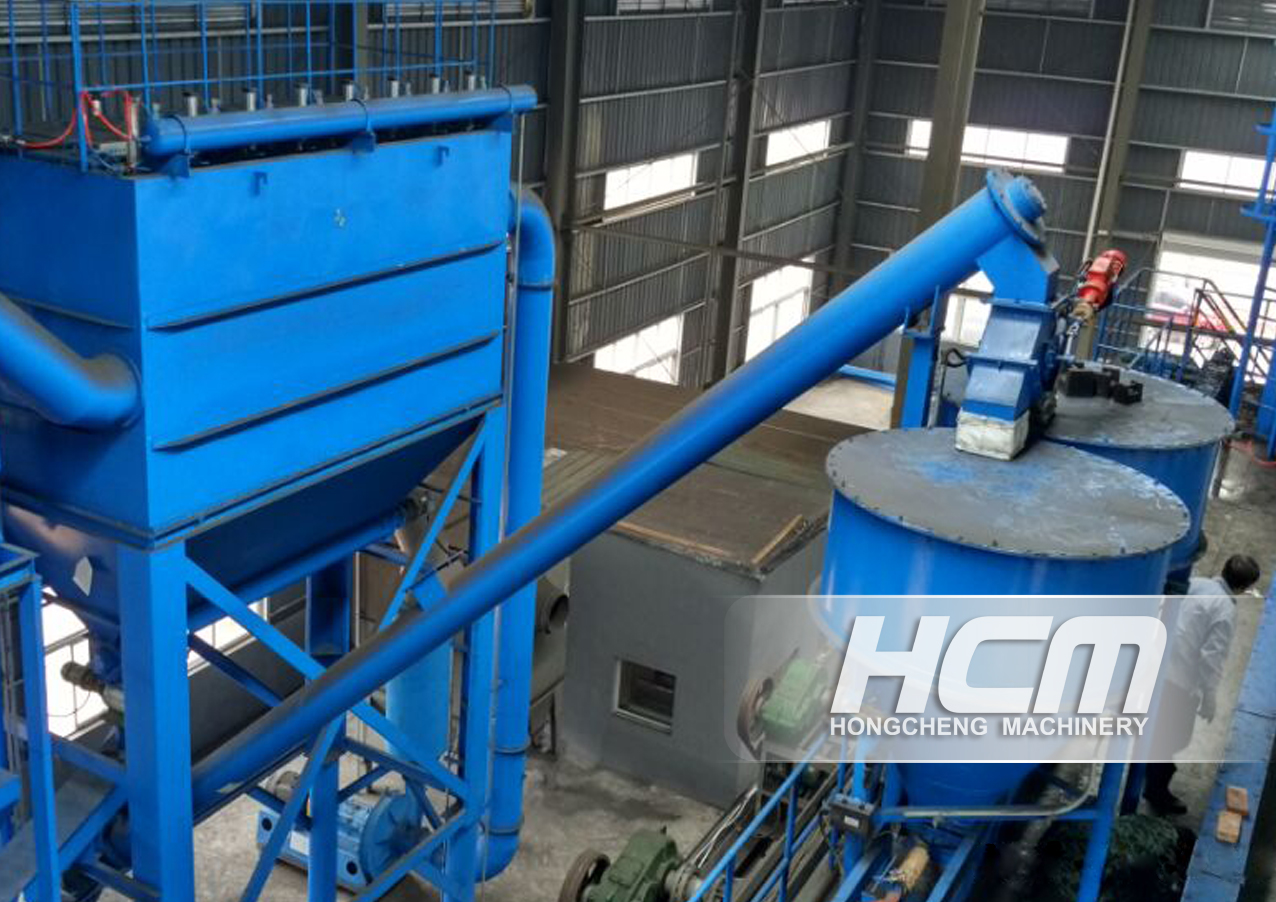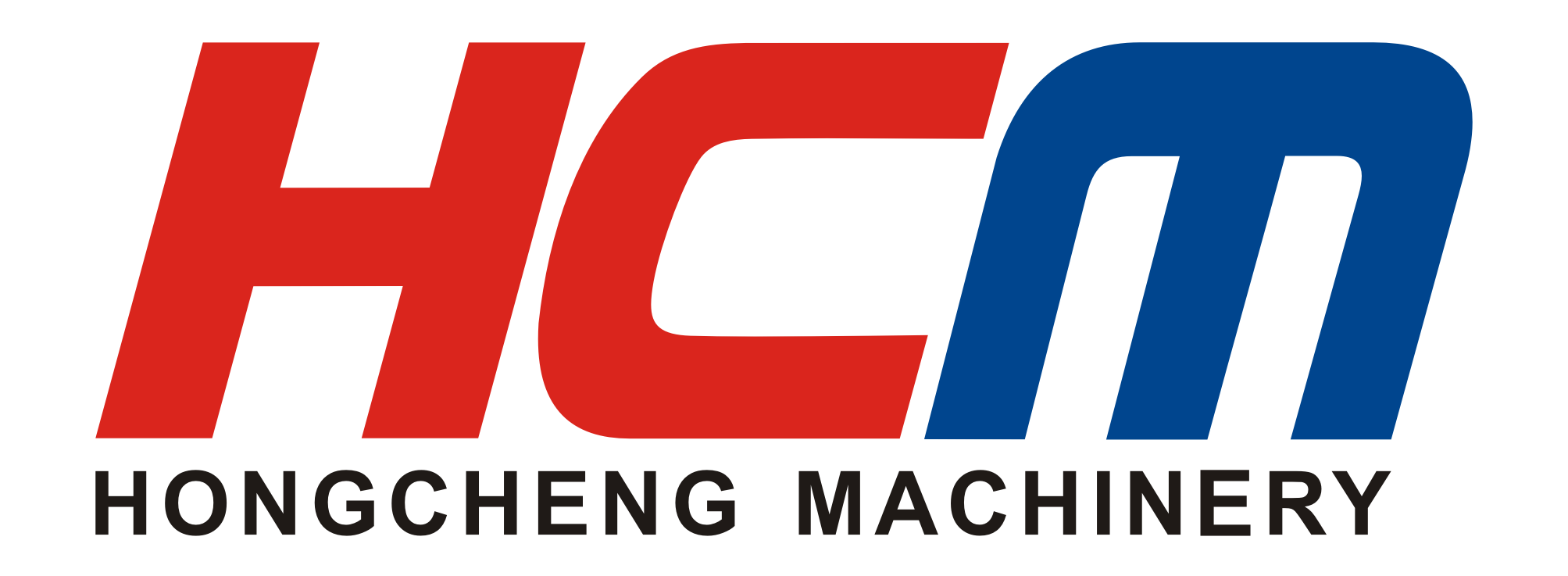
- all
- product
- blog
- all
- product
- blog
Details
RUBBER INDUSTRY HEAVY CALCIUM CARBONATE POWDER RAYMOND GRINDING MILL SUPPLIER
Heavy calcium carbonate is referred to as heavy calcium, and its main component is CaCO3. Heavy calcium is usually used as a filler and is widely used in daily chemical industries such as artificial floor tiles, rubber, plastics, papermaking, coatings, paints, inks, cables, construction supplies, food, medicine, textiles, feed, toothpaste, etc.
-
Details -
Parameters -
Case -
Maintenance -
Inquiry
INTRODUCTION OF PRODUCT
RUBBER INDUSTRY HEAVY CALCIUM CARBONATE POWDER RAYMOND GRINDING MILL is a large-scale product based on the company's HC1700 vertical pendulum mill. This series of mills is a large-scale environmental protection mill independently developed by Guilin Hongcheng Mining Equipment Manufacturing Co., Ltd., covering 5 invention patents. The fineness range of its products is between 38-180μm (80-400 mesh), which can meet the domestic industrial policy and the expanding demand for industrialized scale production, make up for the blank of my country's large-scale pendulum mill, and expand the pendulum mill The application field of the powder machine has greatly improved the efficiency of the user's equipment in terms of production capacity and unit energy consumption, and its technical level will be at the domestic advanced level.
This product is suitable for grinding activated carbon and other non-flammable and explosive materials with Mohs hardness below 7 and humidity within 6%.
Finished product size: 38-180μm
Production capacity: 3-90t/h
Heavy calcium carbonate is abbreviated as heavy calcium. It uses high-quality limestone as raw material and is processed into white powder by a lime mill. Its main component is CaCO3. Heavy calcium has the characteristics of high whiteness, good purity, soft hue and stable chemical composition. Heavy calcium is usually used as a filler, used in rubber, can increase the volume of rubber, improve the processability of rubber, play a role of semi-reinforcement or reinforcement, and can adjust the hardness of rubber.
The role of heavy calcium powder in the rubber industry:
Heavy calcium carbonate powder for rubber 400 mesh, whiteness: 93%, calcium carbonate content: 96%, calcium carbonate is one of the most used fillers in the rubber industry. A large amount of calcium carbonate is filled in rubber, which can increase the volume of its products and save expensive natural rubber, thereby greatly reducing costs. Calcium carbonate is filled into rubber to obtain higher tensile strength, tear strength and wear resistance than pure rubber vulcanizates.
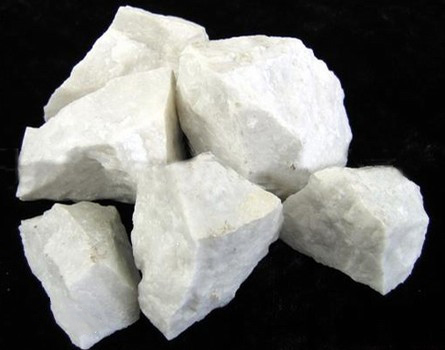
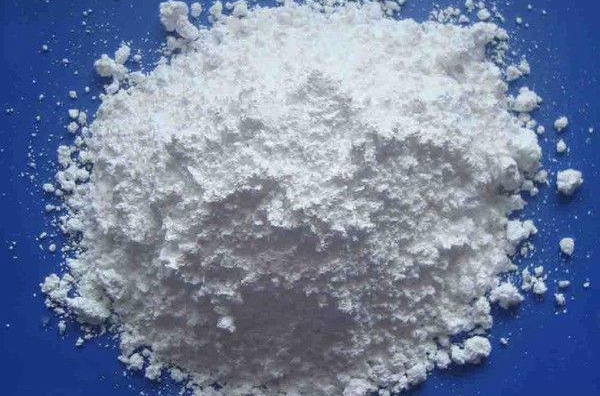

ADVANTAGES AND FEATURES
 New type of spide-arm featured in compact structure. It can be maintained New type of spide-arm featured in compact structure. It can be maintainedwithout disassembly, which save the maintenance time. |
 Adopt maintenance-free oil seal technology, screw seal and skeleton oil sealmulti-layer barrier, limited to prevent dust from entering, can achieve add lubri-cating oil per 500~800 hours, reduce the maintenance cost. |
|
 Unique high chromium alloy material technology, the use time is nearly 3 times of the industry standard. |
 Forced turbine classification technology. The particle size of finished products can be adjusted infinitely between 80~400 mesh. |
|
 Off-line pulse dust collection system, dust collection rate up to 99.9%. |
MILL STRUCTURE & WORKING PRINCIPLE
HC heavy calcium carbonate powder grinding mill consists of mill system, classifying system, screening, collecting system and other components. The mill system adopts the structure of integral casting base, which can be used as shock absorbing foundation. The classifying system adopts mandatory turbine classifier structure and the collecting system adopts pulse collection.

BARITE POWDER PRODUCTION PROCESS
1. Crushing of raw materials
The large pieces of heavy calcium carbonate are crushed by the crusher to the fineness (15mm-50mm) that can enter the mill.
2. Grinding
The crushed small pieces of heavy calcium carbonate are sent to the storage hopper by the elevator, and then sent to the grinding chamber of the mill evenly and quantitatively by the feeder for grinding.
3. Classification
The ground material is classified by the classification system, and the unqualified powder is classified by the classifier and returned to the main engine for re-grinding.
4. The collection of finished products
The powder that meets the fineness is separated and collected in the dust collector through the pipeline through the airflow. The collected finished powder is sent to the finished product silo through the discharge port by the conveying device, and then is packaged by a powder tanker or an automatic baler.
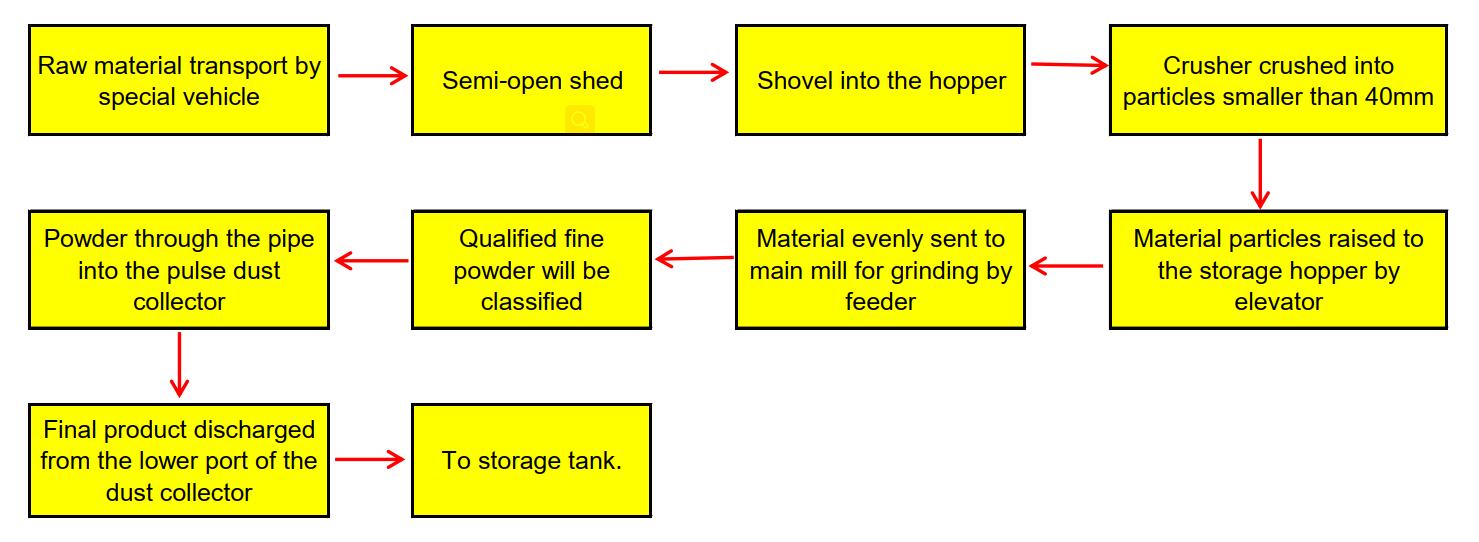
TECHNICAL DATA
| Model | Roller Nomber |
Ring Diameter (mm) |
Max. Feeding (mm) |
Fineness (mm) |
Capacity (t/h) |
Total Power (kw) |
| HC1900 | 5 | 1900 | 40 | 0.038-0.18 | 10-35 | 555 |
| HC2000 | 5 | 2000 | 40 | 0.038-0.18 | 15-45 | 635-705 |
Note:
1. The Models above are equiped with newly designed spider-arm structure.
2. The capacity is for limestone powder, and specification is just a reference. The actual production depends on these materials being processed.
OTHER RELATED GRINDING MILL RECOMMENDATIONS
LXJM HEAVY CALCIUM CARBONATE POWDER QUALITY HC SUPERLARGE CALCIUM CARBONATE PEODUCTION LINE CUSTOMIZED ACTIVATED CARBON EQUIPMENT
ULTRA-FINE GRINDING MILL EQUIPMENT FOR SALE ULTRAFINE GRINDING MILL MANUFACTURERS
- Detailed introduction of Raymond mill: Blade + grinding roller + grinding ring to produce fine powde
- GUILIN HONGCHENG TITANIUM DIOXIDE PENDULUM RAYMOND ROLLER BOWL MILL
- MANGANESE ORE DRYER MANUFACTURES MnO RAYMOND ROLLER MILL FOR SALE
- CHINA CHEAP 5R MATTE ORE MIKRO POWDER RAYMOND GRINDING MILL SALE PRICE

